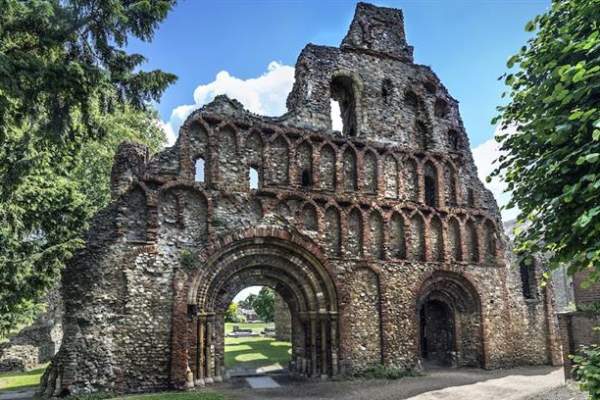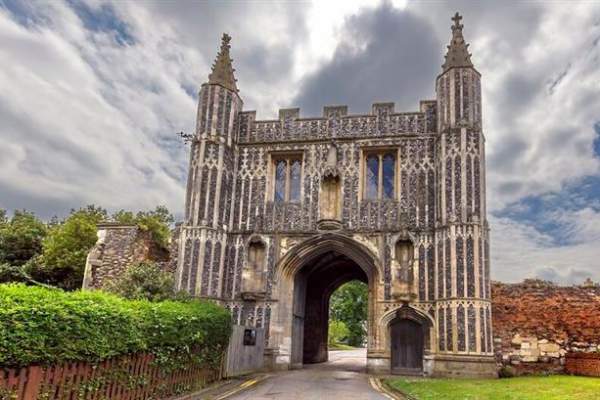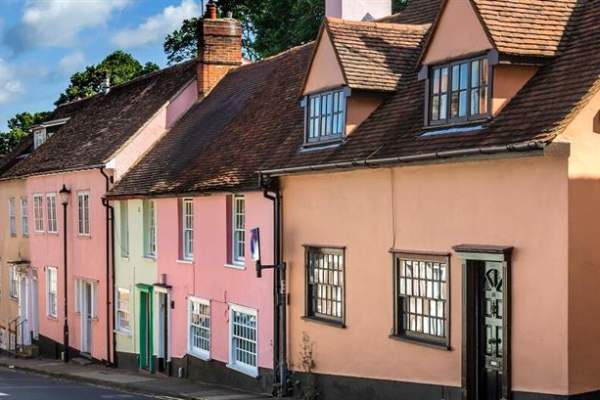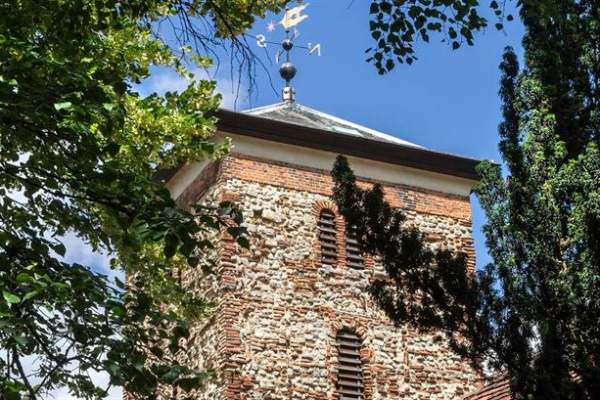Colchester Castle is the largest Norman Keep in Europe. Constructed on the foundations of the Temple of Claudius, built when Colchester was the first Roman capital of Britain, the Castle Museum today reveals many fascinating layers of history to visitors. Archaeological…
Norman Colchester
The Medieval Period, or Middle Ages, lasted from the fall of the Roman Empire in the 5th century AD until around the 15th century. During this time Colchester saw an Anglo-Saxon settlement, Viking and Norman Invasion, and a thriving cloth and weaving industry become established. Colchester regained its position as one of the most important towns in the country, receiving its royal charter in 1189
Many of Colchester's most notable and important historic buildings were built during this period, including Colchester Castle, St Botolph's Priory, St John's Abbey, as well as settlement in the Dutch Quarter and city centre in general.
Anglo-Saxon Colchester
From around AD 450 the Anglo Saxons started settling in England, but they seemed to have little interest in living in towns and is is thought the settlement at Colchester went into decline. Around AD 886 the town came under Viking control, but by AD917 they had been driven our by the Saxon king Edward the Elder. For the next 150 years the town flourished, although little remains in Colchester from this period, the notable exception to this rule is the impressive tower of Trinity Church with its distinctive Saxon arrowhead doorway, which dates back to this time.
The Normans in Colchester
In 1066 the Normans invaded, and with Colchester thriving they put the town under the protection of Eudo the Steward who began work on Colchester Castle in the late 1060s. Work also commenced on a number of significant religious foundations: St. Botolph's Priory, the first Augustinian house in England, and St John's Abbey. Today the impressive ruins of the great church at St Botolph's only hint at the scale of the medieval priory, while at St John's Abbey some long sections of the precinct wall and the later Tudor gatehouse survive.
Older than both the Castle and the Priory, St Helen's Chapel can be found in Colchester's historic Dutch Quarter. Like the Castle it is built on Roman foundations, however in the chapel's case on the corner of the Roman Theatre. Named after St Helena, the patron saint of Colchester, St Helen's Chapel is now home to the Greek Orthodox Church in Colchester and is usually open to look around.
Medieval Colchester Today
In 1348 at least a quarter of Colchester's population died of the plague as the Black Death swept through Western Europe. The town not only survived the crisis but soon experienced a new golden age as trade recovered and the local cloth industry boomed.
Colchester Castle today is a museum displaying the riches of Colchester's past, within the walls of the largest Norman keep ever built. Colchester City Centre itself has many historic sites to explore, and you can download the Ancient Colchester App to see these sites comes to life.
Incredible Medieval Sites
St Botolph's Priory was the first English Augustinian priory church, founded at the end of the eleventh century by the Anglo-Saxon minster community of Colchester just a stones throw outside of the Roman city walls. Sadly, only the ruined remains of the nave survive…
Dating from the 15th century this fine flint flushwork gatehouse just off St John's Green has a vaulted interior. It was the entrance to St John's Abbey precinct (demolished during the 16th century Reformation). The gatehouse is the only surviving structure above ground.
Located just north of the High Street including: Maidenburgh Street, West Stockwell Street, East Stockwell Street, Stockwell Street, St Helen's Lane, Northgate Street and Nunn's Road. It was the 16th century home to Flemish Protestant refugees fleeing religious…
Colchester's oldest standing building, it is the only surviving Saxon building which has an arrowhead (triangle arches) doorway in the tower and features re-used Roman bricks. The churchyard contains the burial place of William Gilberd, discoverer of electro-magneticism and…





